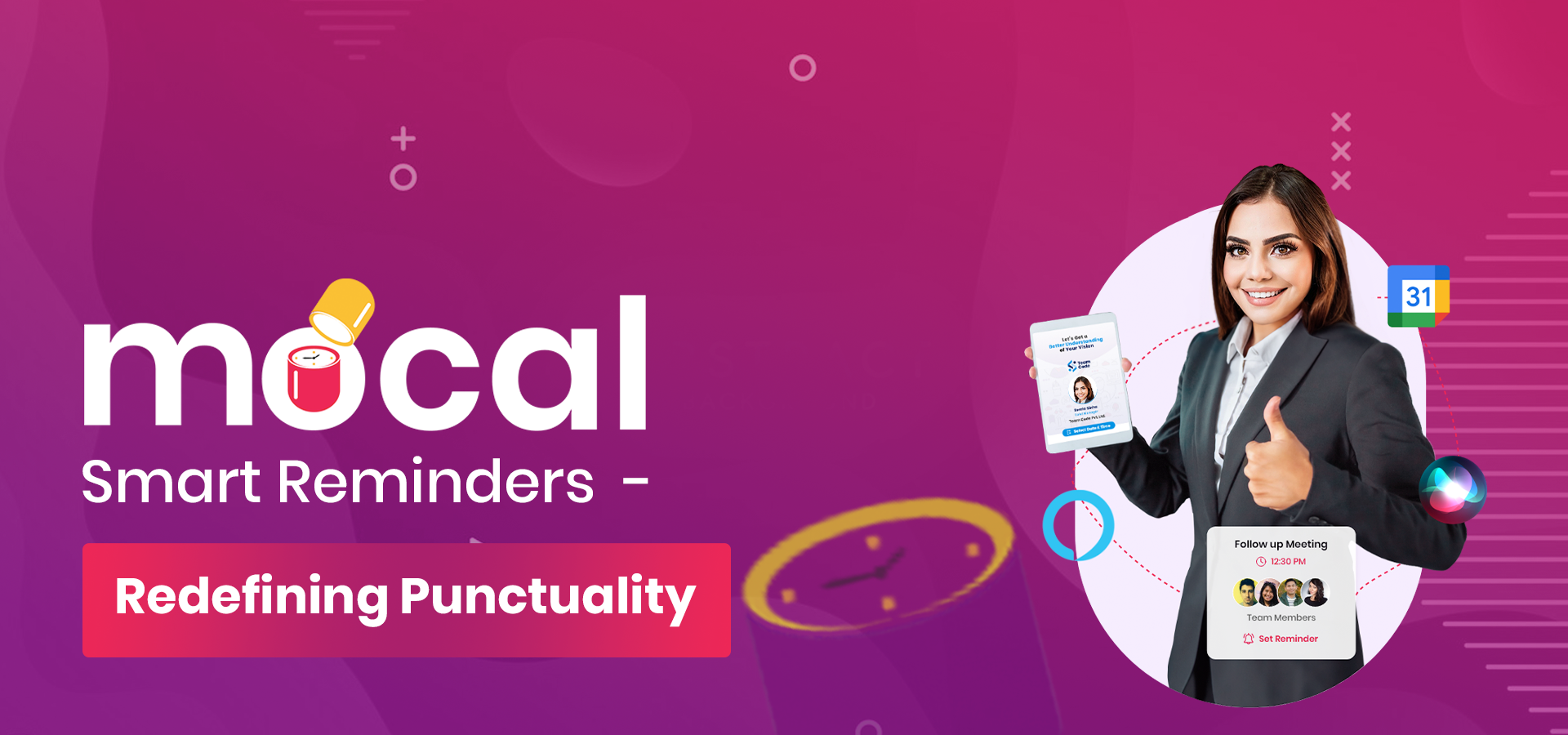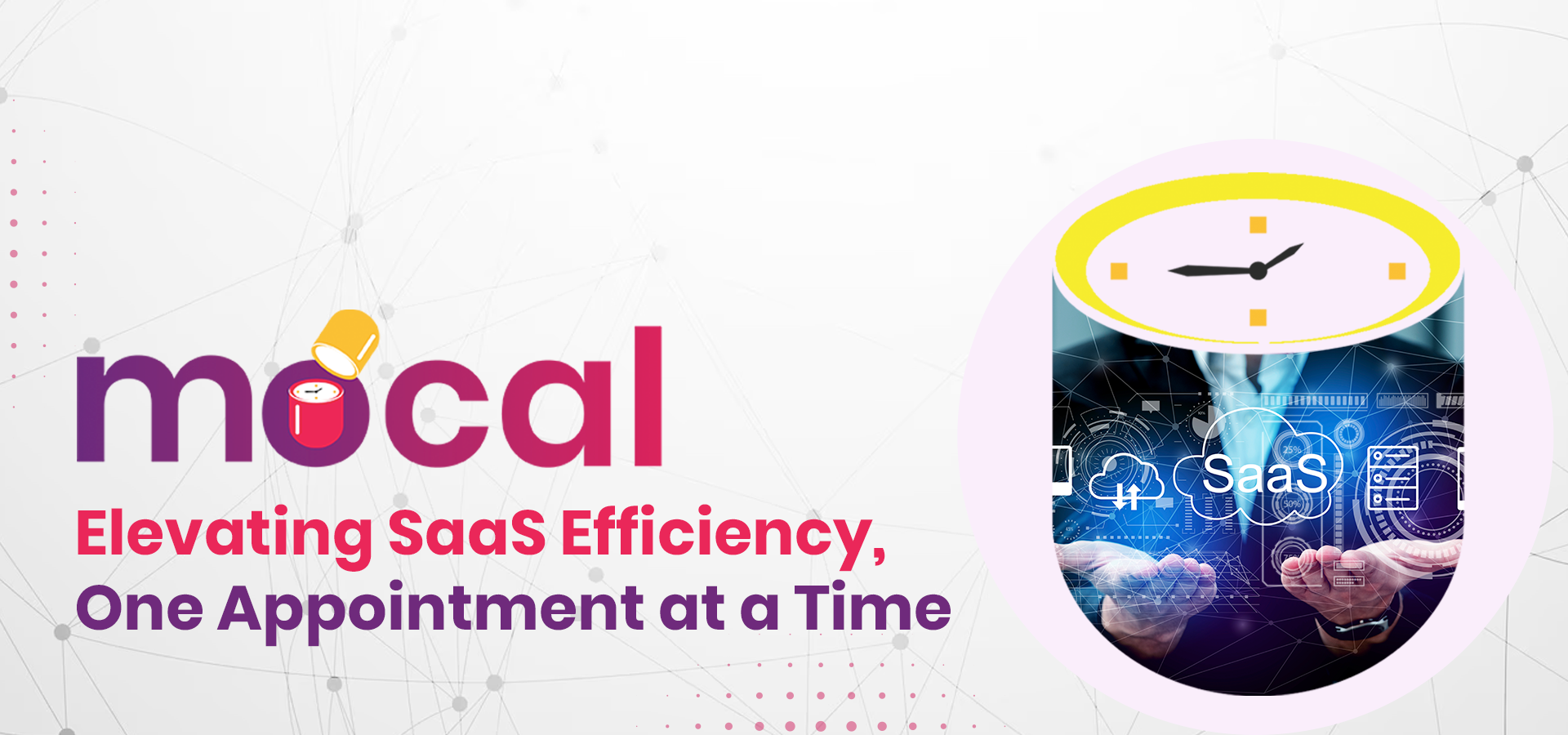Hope you enjoy reading this blog post.
If you want the Moris Media Team to help you get more traffic, just book a call.
Saturday, 26 April 2025
Personal branding has evolved from a sideline activity to a critical component of professional success. LinkedIn is one of the platforms that shine as beacons for developing a compelling personal brand, particularly in the realms of thought leadership and authorial brilliance. With an estimated 774 million users by early 2023, LinkedIn provides an unequalled platform for not just showcasing your skills but also connecting with industry luminaries and cementing your position as a thought leader.
Moris Media, being a Prominent Social Media Management firm, knows all the ins and outs of the benefits of personal branding and delves into the complexities of mastering personal branding on LinkedIn, with a particular emphasis on uncovering your authorial potential.
The evolution of personal branding from a mere option to an essential component of job advancement emphasises its significance. LinkedIn is a popular site for cultivating a strong personal brand in the realm of professional development and networking. LinkedIn's massive user base provides a platform for you to exhibit your expertise, connect with industry titans, and establish yourself as a thought leader. This thorough tutorial will methodically unravel the complexities of mastering the art of personal branding on LinkedIn, with a focus on maximising your natural authorial ability.
The Importance of Creating Your Own Personal Brand Identity
Personal branding is more than just a polished profile; it's the art of crafting a distinct identity that resonates deeply with your target audience. Consider yourself a brand, and your LinkedIn page is your digital storefront. Unleashing your authorial potential involves the establishment of a specialty. What topics or themes pique your interest? What new thoughts or views can you bring to the table? Following the identification of your niche, the following stage is to meticulously write your own brand story.
Creating an Engaging Personal Brand Narrative
Your personal brand narrative weaves together your path, successes, and goals into an engaging tapestry. It's a representation of your essence, a vehicle for eliciting emotions, and a means of communicating your worth. The canvas for your story is your profile description, where you creatively interweave your experiences, accomplishments, and the advice you're ready to give. Authenticity, relatability, and inspiration should pervade your story, as authentic narratives establish profound relationships.
A Display of Thought Leadership
To realise your authorial potential, you must establish yourself as a thought leader in your chosen field. Consistently creating and publishing high-quality content is one of the most effective LinkedIn techniques. Articles and videos serve as channels for displaying your expertise, disseminating insights, and engaging your audience. The path to thought leadership is marked by pioneering trends, amplifying unique insights, and providing actionable advice that enriches your audience's professional experience.
The Quantity of Consistency
Maintaining a thriving LinkedIn personal brand requires consistent persistence. A consistent stream of relevant information fosters interaction and increases your authority. Creating a content calendar ensures a consistent pace of posts. Engaging with your audience is a two-way street; respond meaningfully to comments, start conversations, and join relevant organisations. The tapestry weaved by consistency and genuine interactions significantly increases the credibility and exposure of your brand.
Using LinkedIn's Arsenal of Features
LinkedIn is a goldmine of tools designed to boost your personal brand. The "Articles" option allows you to publish longer-form content that goes into the breadth of your expertise. "LinkedIn Live" enables real-time conversations via live video sessions, encouraging direct connection. The visual power of multimedia should not be ignored; the inclusion of photos and videos increases content visibility and shareability.
Developing Networks and Relationships
LinkedIn is more than just a place to promote yourself; it's also a place to make meaningful relationships. Connect with colleagues in your field, engage with their material, and cultivate genuine relationships. The emphasis should not be simply on your material; sharing opinions and insightful comments on other people's postings creates a genuine interaction. Collaborations with other thought leaders and authors greatly expand your message's reach.
Strategic Evolution via Measurable Adaptation
Measuring progress is critical as you embark on your path to discovering your authorial potential on LinkedIn. LinkedIn analytics provide information on post reach and engagement. Determine which content resonates the most with your target audience and adjust your strategy accordingly. Experiment with different forms, posting schedules, and themes to iteratively perfect your strategy.
The Odyssey of Difficulties
Challenges loom among LinkedIn's multitude of options. Authenticity and value serve as beacons of uniqueness in a content-rich environment. Avoid the temptation to exaggerate accomplishments; truthfulness and transparency are the foundations of trust. Constructive criticism should be welcomed, and civil conversations should be held. Thought leadership flourishes in an environment of lively debate and open-mindedness.
Personal branding benefits authors, just like any other professional. Because of the nature of their job and the competitive landscape of the publishing industry, personal branding is especially important for authors. Here are some of the reasons why authors want personal branding:
1. Visibility and Recognition: A strong personal brand helps authors stand out in a world inundated with content. A well-developed personal brand establishes an author's own voice, style, and competence. This exposure is critical for recruiting readers and developing a devoted following.
J.K. Rowling's personal brand, for example, is linked with the wonderful world of Harry Potter. Her distinct style and innovative narrative have elevated her to the status of literary icon and household name.
2. Establishing Credibility and Trustworthiness: Personal branding establishes credibility and trustworthiness. When authors offer their views, knowledge, and experiences, they establish a bond with their readers. Authors who exhibit competence in their subject are more likely to be trusted and engaged by readers.
Malcolm Gladwell's personal brand as a best-selling author and social commentator, for example, is built on his ability to analyse complex topics and present them in an engaging and thought-provoking way.
3. Personal Connecting with Readers: Personal branding enables authors to engage with readers on a deeper, more personal basis. When readers connect with an author's brand, they are more likely to become devoted followers who eagerly await future releases.
For example, Elizabeth Gilbert's personal brand, as exemplified by her novel "Eat, Pray, Love," connected with readers seeking inspiration and self-discovery, resulting in a strong emotional attachment.
4. Marketing and Promotion: In today's digital age, authors must actively promote their work. A well-established personal brand provides a ready audience for new books, increasing the effectiveness of book launches. Authors that have a strong online presence can use channels such as social media to reach a larger audience.
Neil Gaiman's personal brand as a master of fantasy and dark whimsy, for example, has helped him establish a sizable internet following, making each book release a highly anticipated event.
5. Thought Leadership and Authority: Authors are frequently masters in their fields. A personal brand establishes them as industry thought leaders. This acclaim can lead to lecture opportunities, guest appearances, and collaborations with other experts.
For instance, Stephen Hawking's personal brand as a renowned scientist extended beyond his books, making him a sought-after authority in cosmology and theoretical physics.
6. Adaptation to a Changing Publishing Landscape: The publishing industry is rapidly changing, with self-publishing and digital platforms gaining traction. Personal branding allows authors to handle these shifts by engaging with their audience directly and creating a fan following outside of traditional publishing channels.
For instance, Andy Weir's self-published novel "The Martian" became famous online, resulting in a traditional publishing agreement and a successful film adaptation.
7. Longevity of Career: A strong personal brand can lead to a long and prosperous career. Authors who have a strong brand are more likely to achieve long-term success, even if they experiment with other genres of writing.
For instance, Nora Roberts, best known for her romance books, effectively switched to writing crime thrillers under the pen name J.D. Robb, leveraging her existing personal brand to venture into new genres.
Personal branding mastery and the unveiling of your authorial potential on LinkedIn is a process marked by dedication, sincerity, and never-ending learning. It is about liberally sharing knowledge, cultivating genuine friendships, and continually adding value. Recognize that your influence extends beyond digital domains as your personal brand story unfolds. Your perspectives have the capacity to shape industries, motivate professionals, and spark online conversations. Accept thought leadership, methodically build your unique brand story, and begin on a journey marked by expansion, influence, and long-term impact.


The Power of Punctuality: How moCal's Smart Reminders Transform Time Management
Read More
Why SaaS Companies Need MoCal: Enhancing Productivity and Customer Experience
Read More
Surgery in Digital Space: How Digital Doctors Revamp Outdated Marketing Techniques
Read More
The Art of Digital Diagnosis: How Digital Doctors Analyze Marketing Challenges
Read More
Effective Use of Structured Data Markup for Local SEO
Read More